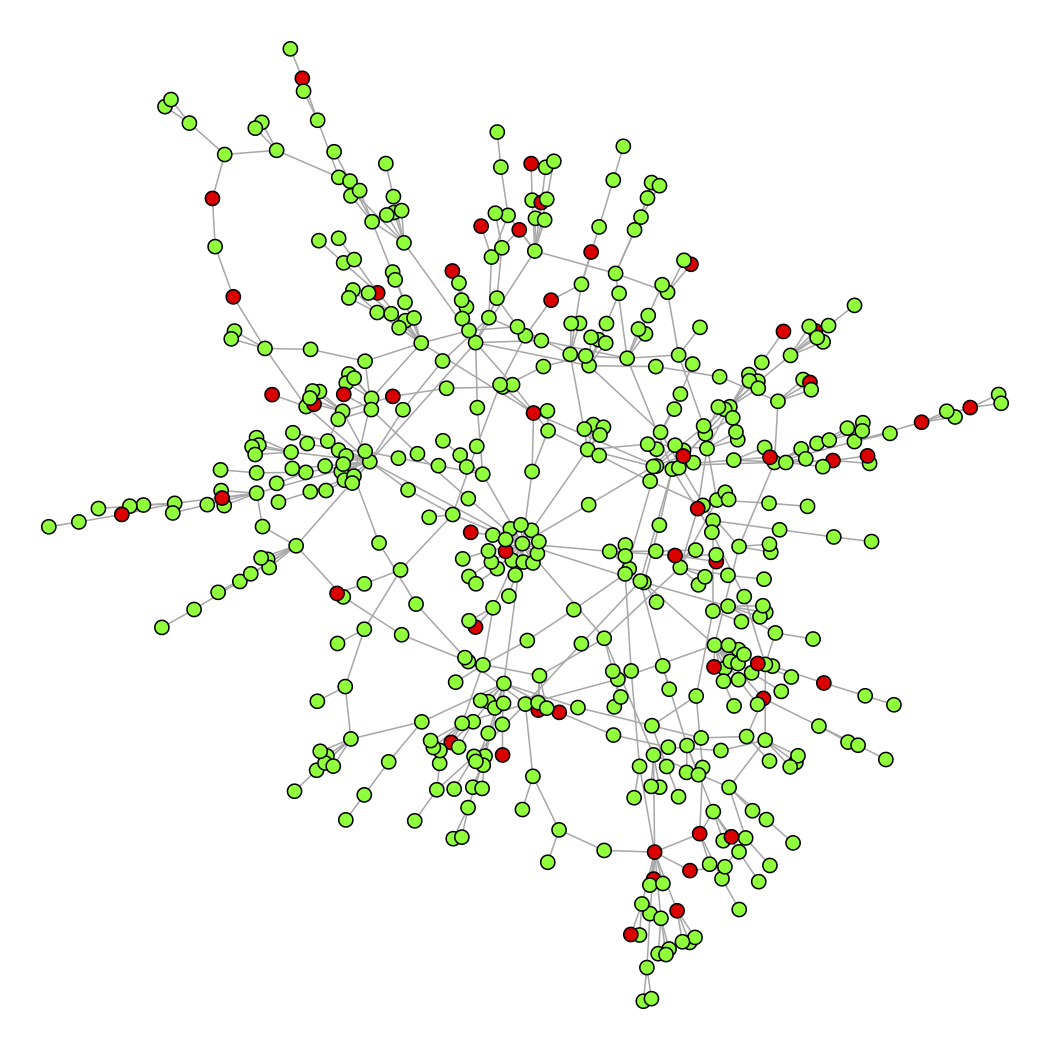Abstract
High-throughput technologies have generated an enormous amount of tissue and cell-type specific Omics data. These new data and technologies enable scientists to experimentally measure and statistically define biomolecular interactions on a large scale. Such interactions define complex biological networks and the incorporation of network information has proved promising for a number of problems, such as biomarker discovery. This chapter discusses graphical models and network-based analysis in genetics, genomics and metagenomics, with topics ranging from genome-wide association analysis, detection of rare genetic variants, expression quantitative trait loci analysis, integrative genomics, to network models in metagenomics. Special focus is on recent developments in statistical and computational methods that incorporate the underlying biological networks. Looking forward, technological advances such as single-cell sequencing and gene editing tools will generate large scale data at the single-cell level. Graphical models, especially directed graphical models that elucidate causality, will become an important and useful tool in learning from such big data and answering fundamental biological questions.
